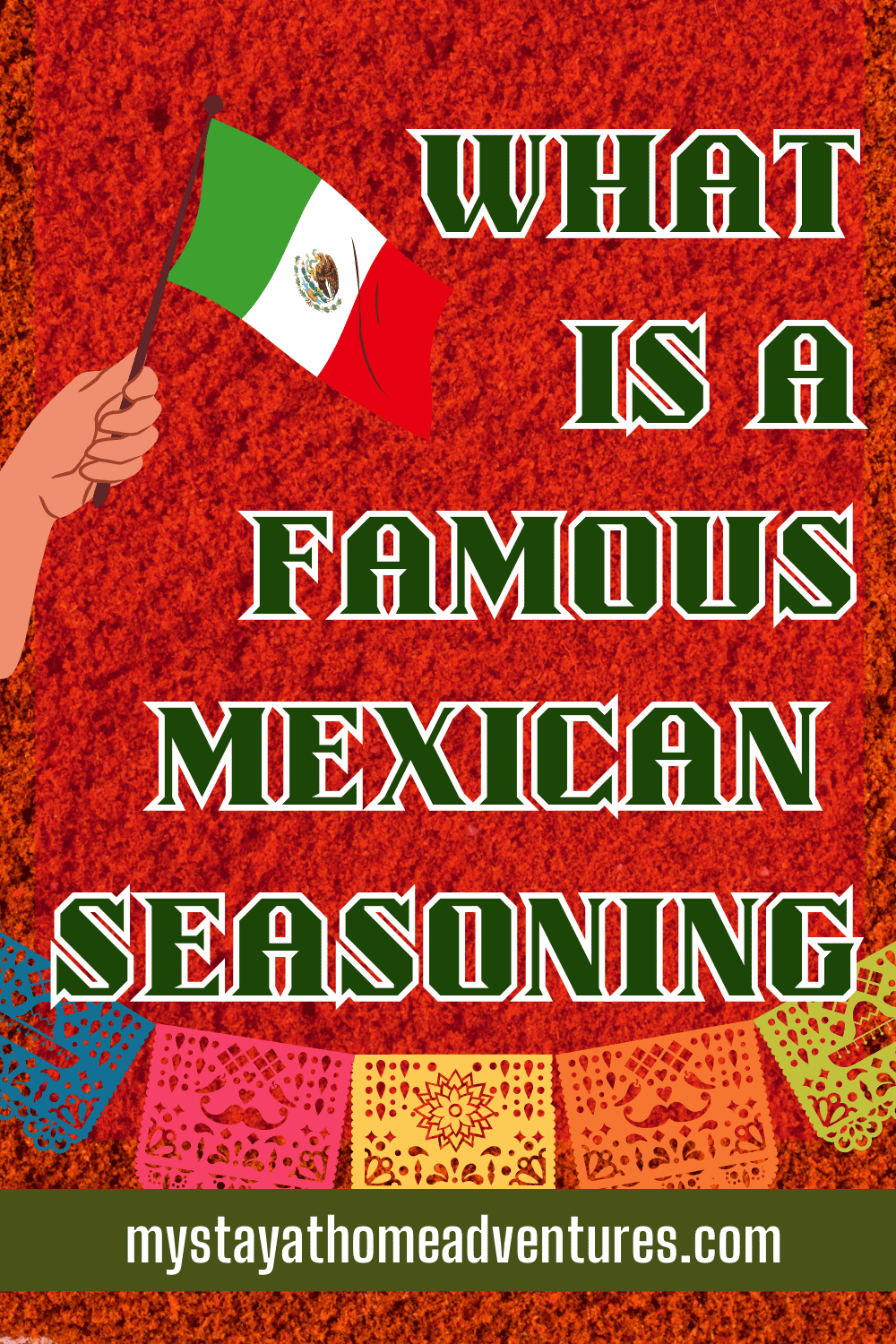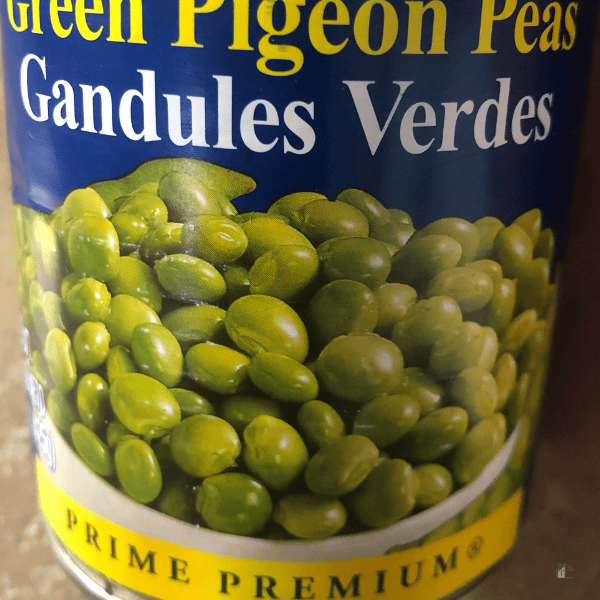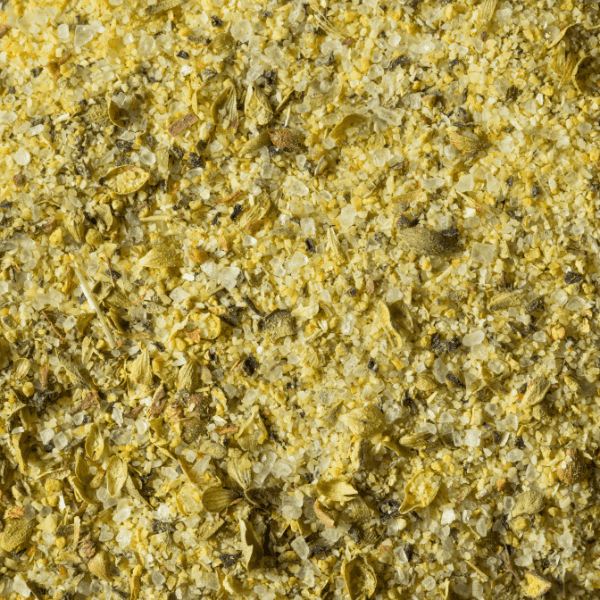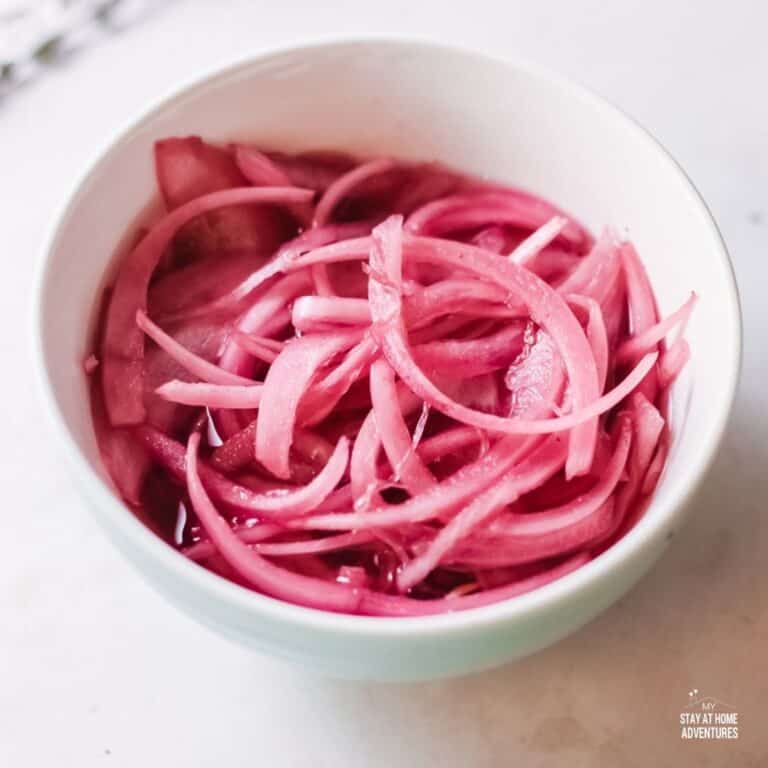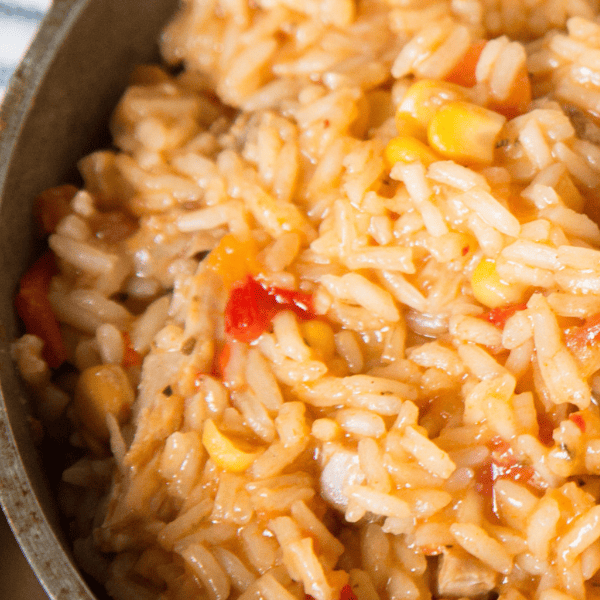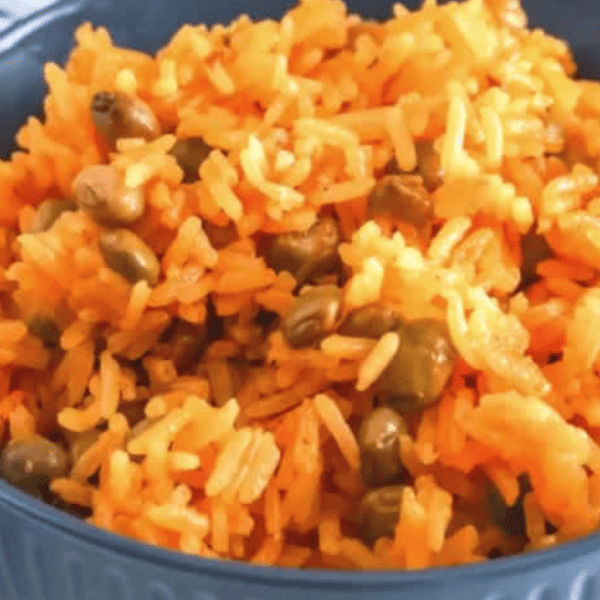What is a Famous Mexican Seasoning?
This post may contain affiliate links which might earn us money. Please read my Disclosure and Privacy policies hereAre you ready to spice up your meals with the vibrant flavors of Mexico? But before that, do you know what is a famous Mexican seasoning? This delightful blend of herbs, spices, and other ingredients is a staple in Mexican cuisine, adding depth and complexity to an array of dishes.
Whether you're a seasoned chef or just starting out in the kitchen, Mexican seasoning is sure to take your taste buds on a tantalizing journey south of the border. So grab your apron and get ready to explore the world of Mexican flavors with this versatile and aromatic seasoning!
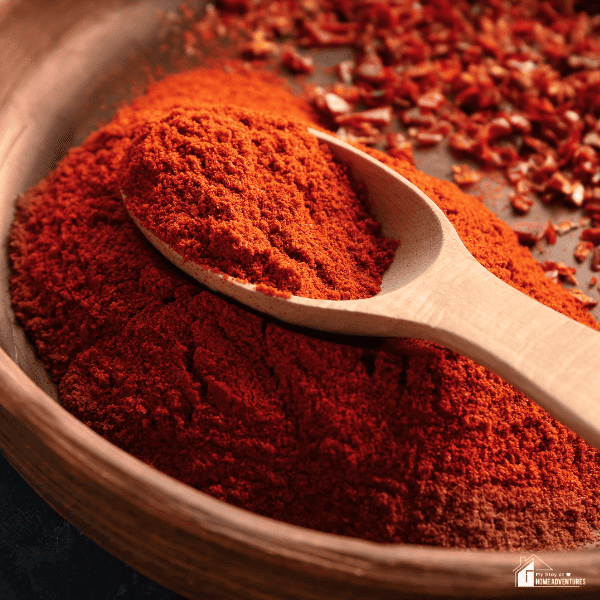
What are the 4 C's in Mexican spices?
The four C’s in Mexican spices refer to the four essential ingredients commonly used in Mexican cuisine: cilantro, cumin, chili powder, and chipotle.
Cilantro
Cilantro is a leafy herb with a distinctive flavor that adds freshness and a citrusy note to dishes like salsa, guacamole, and ceviche. Also known as coriander or Chinese parsley, it is an incredibly versatile herb that has been used in various cuisines around the world for centuries.
It is a staple ingredient in Mexican, Indian, and Thai dishes, adding a unique flavor and aroma to these meals. With its bright green leaves and delicate appearance, cilantro enhances the visual appeal of food and provides a burst of refreshing citrusy notes.
What makes cilantro truly fascinating is its divisive nature among taste buds. People either love it for its fresh and vibrant taste or detest it due to what they describe as a soapy or pungent flavor. This polarizing response can be attributed to genetic differences in smell receptors.
For those who enjoy cilantro's distinct tanginess, it becomes an essential component in salsa verde or guacamole recipes; even a small amount can elevate the flavors of burritos or grain salads.
Cumin
Cumin is a warm and earthy spice that imparts a rich and smoky flavor to Mexican dishes such as chili, tacos, and enchiladas. It is native to the Mediterranean region but has become popular all over the world for its distinctive flavor. The small brown seeds of the cumin plant are dried and ground into a powder, which is then used to season a wide variety of dishes.
Moreover, aside from being a flavorful addition to meals, cumin also boasts several health benefits. Rich in antioxidants and vitamins A, C, and E, this spice has been known for its potential anti-inflammatory properties.
Some studies even suggest that consuming cumin regularly may help improve digestion and boost metabolism. Whether you're looking to add depth to your culinary creations or harnessing its potential health benefits, there's no denying that cumin brings more than just flavor to the table – it adds depth and nuance to every dish it graces!
Chili Powder
Chili powder is a blend of ground-dried chilies, cumin, garlic powder, oregano, and other spices. It adds heat and depth of flavor to various Mexican dishes, including salsas, stews, and marinades. In addition to its ability to spice up your taste buds, chili powder also boasts an impressive array of health benefits.
Its active component, capsaicin, is known for its analgesic properties and can help relieve pain by reducing inflammation. Furthermore, studies have shown that capsaicin may aid in weight loss by boosting metabolism, suppressing appetite, and increasing fat oxidation.
For those who are hesitant about incorporating chili powder into their culinary repertoire due to fears of overpowering spiciness, fear not! The heat level of chili powders can differ greatly depending on the type of chilies used as well as the processing method employed.
This means you have options when it comes to selecting a chili powder that suits your palate – whether you prefer mild warmth or an inferno-like burn.
Chipotle
Chipotle peppers are not your everyday chili pepper. They are a unique variety that holds significant importance in Mexican cuisine. Chipotles are made by smoking and drying jalapeno peppers, giving them their distinct flavor and aroma. The smoking process imparts a deep, smoky taste with hints of sweetness, making Chipotle a popular ingredient in many dishes.
One interesting aspect of Chipotle peppers is their versatility. They can be used to add heat and smokiness to salsas, marinades, stews, or even as a seasoning for meats and vegetables.
Their rich flavor profile complements various ingredients and can elevate the taste of any dish. Furthermore, chipotles come in different forms, such as whole dried peppers or in powdered form – making it easy to incorporate them into recipes.
What are 3 traditional Mexican ingredients?
Corn, chilies, and beans are the three traditional Mexican ingredients. Let's get into more details.
- Corn (Maíz): Corn is a staple ingredient in Mexican cuisine and has been cultivated in the region for thousands of years. It is used to make tortillas, tamales, pozole, and other traditional dishes.
- Chilies (Chiles): Chilies are an essential ingredient in Mexican cooking, adding heat, flavor, and complexity to dishes. Popular varieties include jalapeños, poblanos, serranos, and habaneros, each with its own unique flavor profile.
- Beans (Frijoles): Beans, particularly black beans and pinto beans are a common ingredient in Mexican cuisine. They are cooked and seasoned with various herbs and spices to make refried beans, bean soups, and bean-based dishes like enfrijoladas.
These ingredients, corn, chilies, and beans, form the foundation of many traditional Mexican recipes and are integral to the rich and diverse flavors of the cuisine.
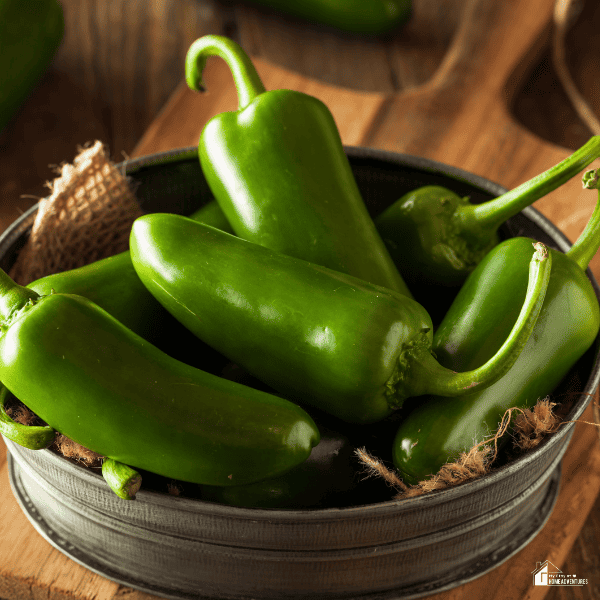
What is the most popular spice in Mexico?
When it comes to Mexican cuisine, there is one spice that stands out above the rest in terms of popularity: chili peppers. These fiery little gems are found in various shapes, sizes, and levels of spiciness throughout Mexico and are an essential ingredient in many traditional dishes.
From the milder poblano pepper used in chiles rellenos to the scorching habanero pepper found in salsas, chili peppers add a depth of flavor and heat that Mexicans cannot resist.
Check out the list below showcasing the different Mexican peppers commonly used for cooking:
| Pepper Name | Heat Level | Flavor Description |
| Jalapeño | Medium | Bright, fresh flavor with moderate heat. |
| Serrano | Hot | Spicy and vibrant with a more intense heat than jalapeños. |
| Poblano | Mild | Rich, earthy flavor with a mild to medium heat. |
| Chipotle | Medium | Smoky and slightly sweet with a moderate heat. |
| Habanero | Very Hot | Fruity and floral taste with intense spiciness. |
| Ancho | Mild | Deep, rich flavor with mild to medium heat. |
| Guajillo | Mild | Complex flavor with fruity and smoky notes. |
| Pasilla | Mild | Dark and earthy flavor with a gentle heat. |
| Morita | Medium | Smoky and tangy flavor, similar to chipotle peppers. |
| Cascabel | Mild | Nutty and slightly acidic with a subtle heat. |
*Please note that the heat levels mentioned here are subjective and can vary depending on factors like growing conditions and personal tolerance. Using caution when handling and consuming hot peppers is always a good idea.
Interestingly, chili peppers have been a part of Mexican cuisine for thousands of years, dating back to the time of ancient civilizations such as the Aztecs and Mayans. The diverse range of flavors that chili peppers offer allows cooks to create various dishes with different levels of heat and complexity.
Whether it's sprinkled over grilled meat as a seasoning or incorporated into sauces for enchiladas or mole, chili peppers give Mexican food its distinctive kick and contribute to its worldwide popularity.
In addition to their flavor-enhancing properties, chili peppers also have numerous health benefits. They are rich in vitamins A and C and capsaicin, believed to boost metabolism and provide pain relief. No wonder they're so popular among Mexicans!
So next time you take a bite out of your favorite Mexican dish and feel the glorious burn on your taste buds, remember that it is all thanks to these humble yet mighty chili peppers – Mexico's most popular spice.
What is the red spice that Mexicans use?
This spice is none other than paprika, a ground red pepper made from dried chili peppers. What sets Mexican paprika apart from other varieties is its unique smoky flavor and rich, earthy undertones.
In Mexican cooking, paprika plays a vital role in adding depth and color to various dishes. It can be found in popular recipes like enchiladas, tacos, mole sauce, and even salsa. The versatility of this spice allows it to enhance the flavors of both meat-based and vegetarian dishes alike.
Not only does paprika breathe life into Mexican cuisine with its distinct taste, but it also boasts several health benefits. It contains capsaicin, which may help boost metabolism and aid in weight loss. Additionally, it is rich in antioxidants that can promote heart health by reducing inflammation levels.
So the next time you enjoy a fiery bowl of chili or savor a plate of spicy tacos, remember that the secret behind that tantalizing red hue lies in the enchanting walls of paprika – the red spice adored by Mexicans!
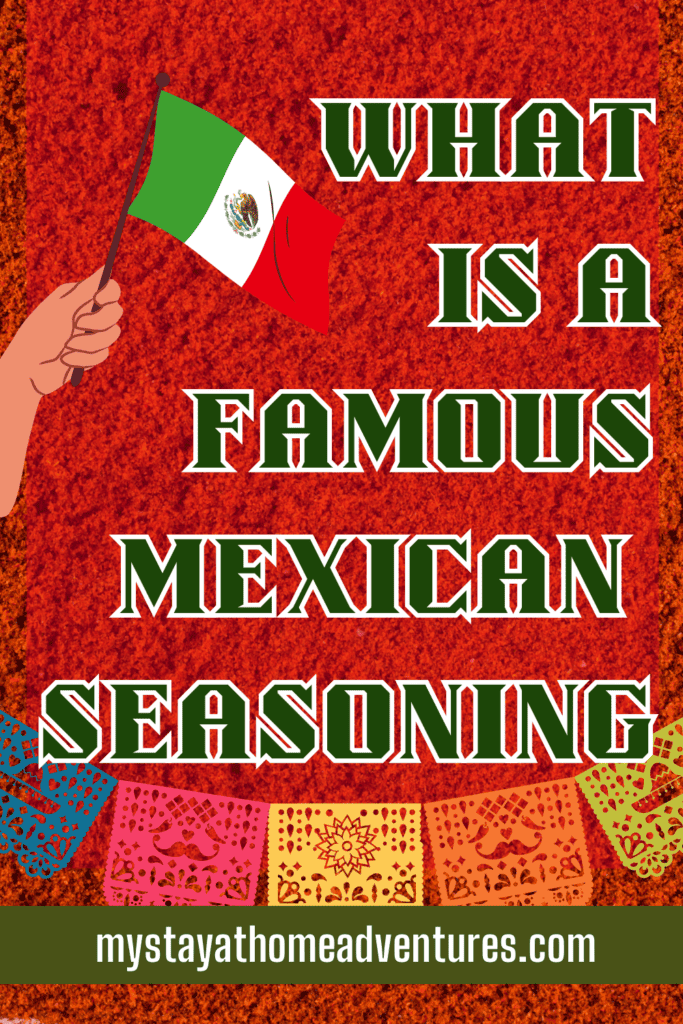
As a whole, Mexican seasoning is an essential ingredient that adds a burst of flavor to any dish. Whether you are a beginner or an experienced chef, incorporating these flavorful spices into your cooking will elevate your meals to the next level. From the smoky heat of chili powder to the earthy warmth of cumin, there is a wide variety of Mexican seasonings to suit every palate.
So why not take a trip to your local grocery store and stock up on these vibrant spices? Experiment with different combinations and let your taste buds be amazed by the exciting flavors of Mexican cuisine. Don't wait any longer. Give your dishes a delicious Mexican twist today!

